MeowCAD
MeowCAD is live, check it out!
MeowCAD is an online free and open source electronic design application tool that runs completely in your browser. It's focus is on schematic and PCB design for electronic circuits. MeowCAD is running online now and for people who want to try it out, they can register for an account or go directly to the schematic capture and board capture portions to play around.
You can see other projects that have been made public and design your own. MeowCAD has an easy 'snapshot' feature to share quick mockups of schematics and circuit boards. There's also library import of KiCAD files to import your own libraries for use in MeowCAD.
To have your board fabricated, you can export your designs made in MeowCAD to Gerber files (there's a short blog post about it). Export also has experimental features to create KiCAD files and GCode files for isolation routing (all source for conversion is also free and open source).
MeowCAD is the first completely free and open source, software-as-a-service, electronic design tool and provides a free and open source alternative where there wasn't one before. Source is available on GitHub, both the website and the JavaScript web application powering the schematic and board portion.
Links
MeowCAD website sourcode (on GitHub)
Web application for schematic and board capture (bleepsix)
Web application (bleepsix) Wiki
License
Most of the main source code is under AGPLv3. Where possible, 3rd party libraries licenses have not been altered. All 3rd party software has a free license of one sort or another. Please refer to the above source links for licenses for the respective portions.
 abetusk
abetusk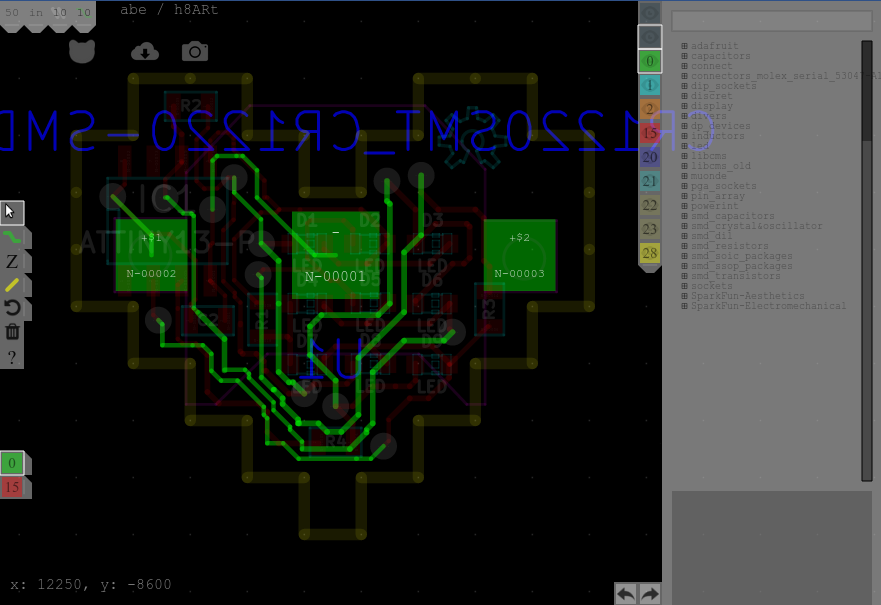
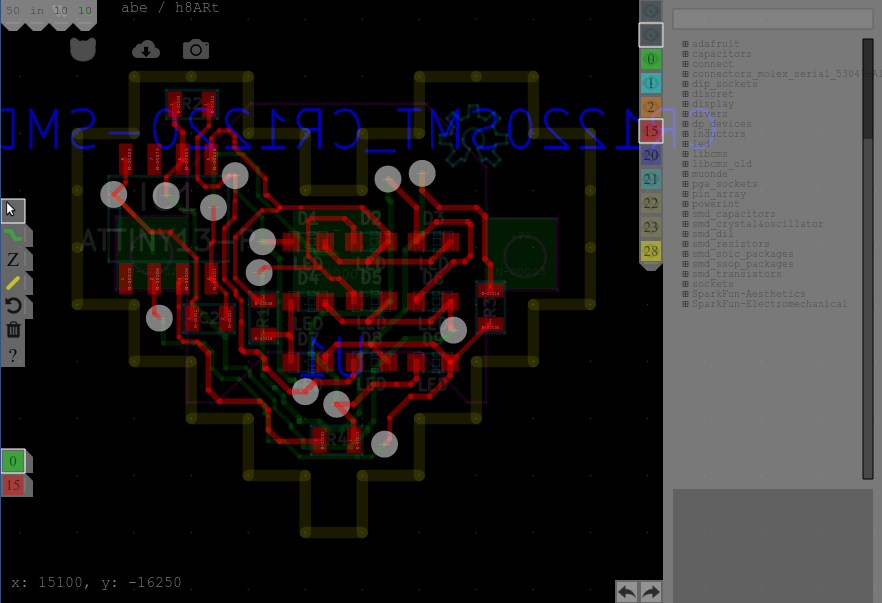
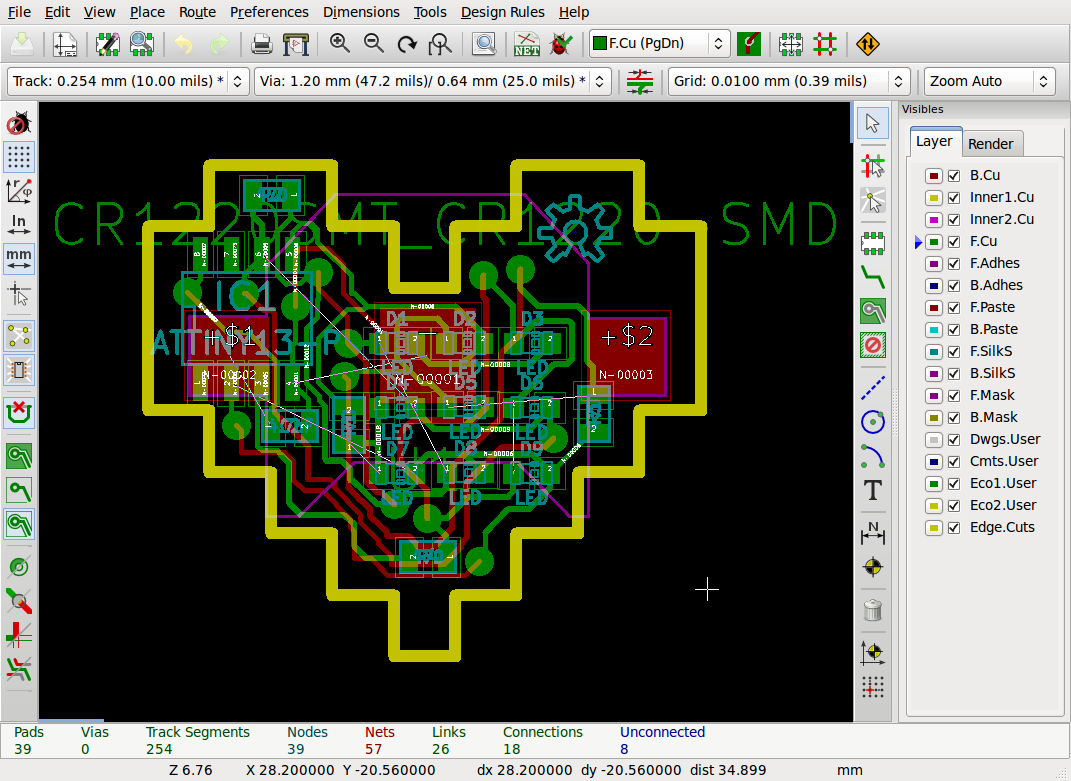
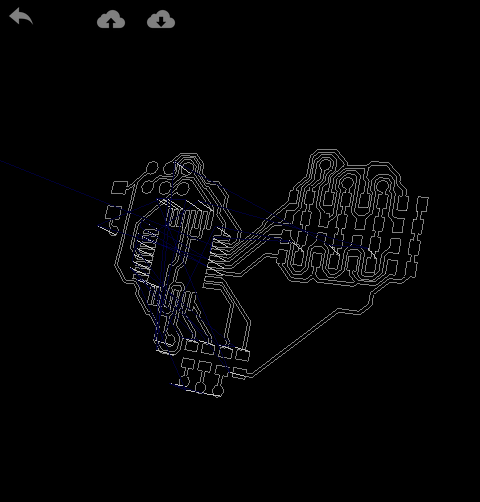
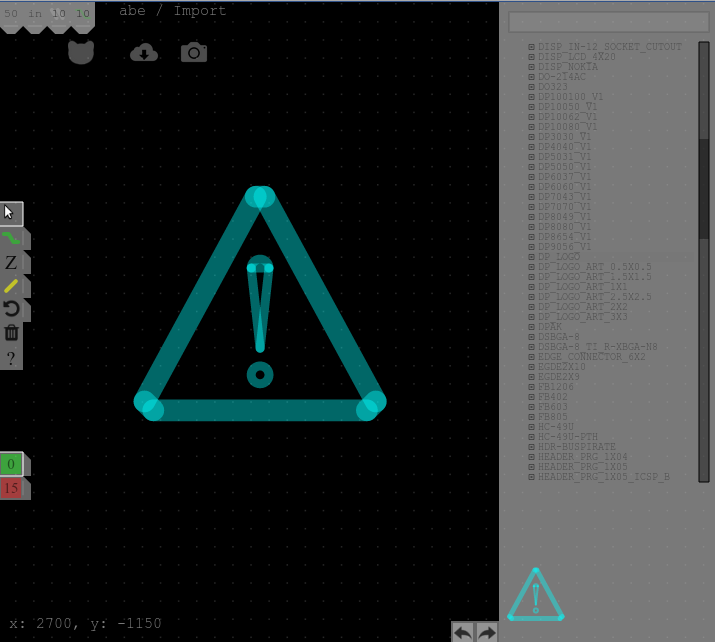
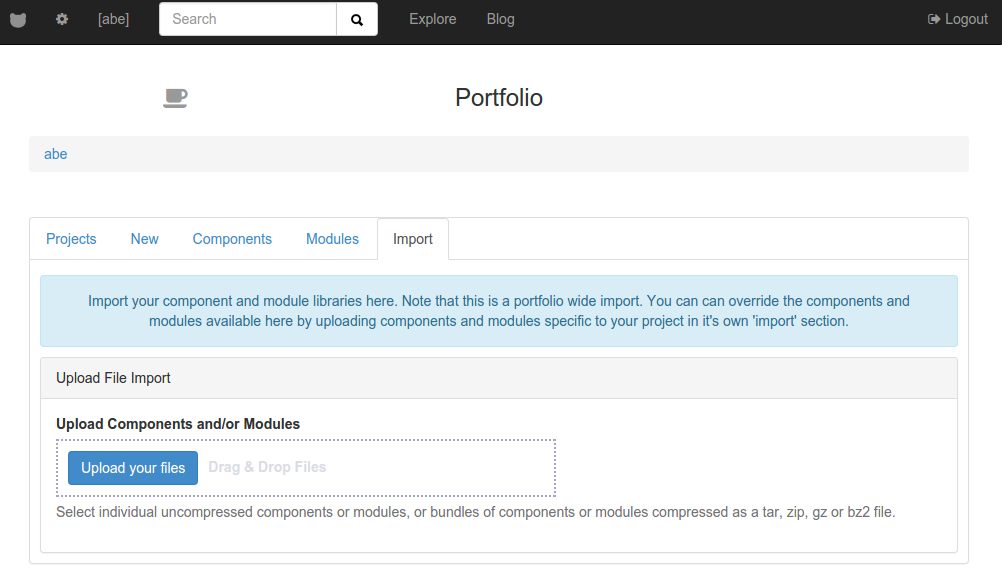

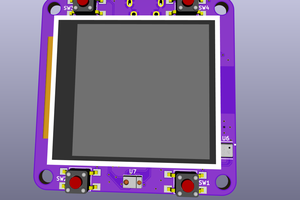
 oshpark
oshpark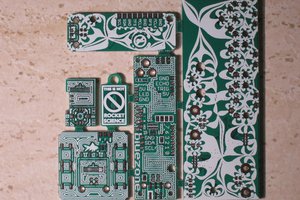
 Arya
Arya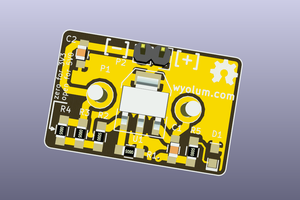
 Anool Mahidharia
Anool Mahidharia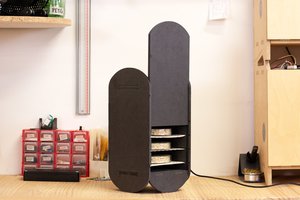
 Maud Bausier
Maud Bausier
Is this just a fork of KiСad? Or am I not understanding something?